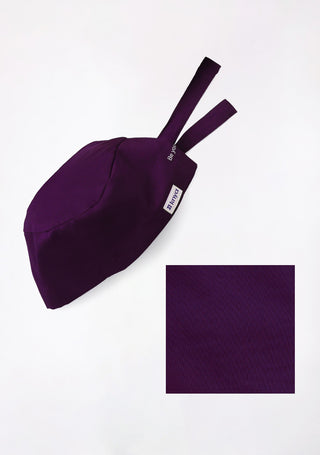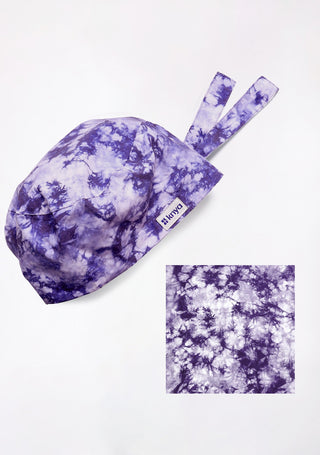In healthcare, small details make a big difference. From how you wash your hands to what you wear, every action impacts patient safety. Among these details, one simple shift has helped hospitals around the world transform their infection control measures and the move to standardized medical scrubs. This evolution isn’t just about fashion or formality. It’s about creating cleaner, safer, and smarter work environments that protect both patients and staff. Let’s dive into how leading hospitals have taken hygiene standards to new heights one scrub at a time.
The Birth of Standardized Scrubs:
Leading hospitals recognized this and took a stand: uniformity equals safety. Standardized scrubs ensured that everyone in the clinical environment followed the same hygiene rules, reducing the risk of cross-contamination between departments and patient areas. By implementing set colors and fabrics for specific roles, hospitals not only improved infection control but also brought order and professionalism to their visual identity. Patients began to feel reassured knowing that every clean scrub represented a commitment to their safety.
Why Scrubs Matter More Than You Think
Scrubs aren’t just comfy workwear; they're protective barriers between healthcare professionals and potential pathogens. Leading hospitals that standardized their scrubs found a significant reduction in hospital-acquired infections (HAIs) and contamination cases.
Here’s why:
-
Easier Monitoring: When everyone wears approved scrubs, it’s easier to ensure compliance with hygiene protocols.
-
Limited External Exposure: Staff change into scrubs at work and leave them behind before heading home, minimizing outside contamination.
- Controlled Fabric Quality: Hospitals select antimicrobial, fluid-resistant, and breathable fabrics that maintain hygiene standards even after multiple washes.
The Role of Color Coding in Infection Control
Ever noticed that surgical staff wear green or blue while lab technicians stick to white or grey? It’s not random; it's science and organization combined. Color coding helps distinguish roles and restricts movement of certain apparel between zones. For instance, scrubs used in operating theaters should never enter common wards, and vice versa. This simple visual distinction prevents microbial spread across sensitive areas.
Staff Compliance and Pride: When Clean Becomes Culture
Hygiene isn’t just about rules, it's about habits. Hospitals that successfully implemented standardized scrubs didn’t do so by enforcing strict dress codes alone; they built a culture of cleanliness and pride. When healthcare staff are provided with high-quality scrubs that look professional and feel comfortable, compliance becomes second nature. No one minds changing into their uniforms when they’re soft, stylish, and functional.
Standardization Builds Trust and Team Identity
The benefits of standardized scrubs go far beyond infection control. They help unify hospital teams and create a sense of equality. Everyone from surgeons to janitors becomes part of a larger mission: patient safety. Patients, too, respond positively. Walking into a hospital where staff wear coordinated, clean uniforms immediately inspires confidence. It sends a silent but powerful message: This hospital cares about hygiene, professionalism, and precision.
Final Thoughts
Standardized scrubs are more than hospital uniforms; they're the frontline defenders in the fight against infection. By ensuring that every staff member wears clean, consistent, and well-maintained scrubs, hospitals create safer environments for everyone. For young doctors and nurses stepping into the world of healthcare, remember: hygiene starts with what you wear. When your uniform speaks the language of cleanliness, patients listen and healing begins.












